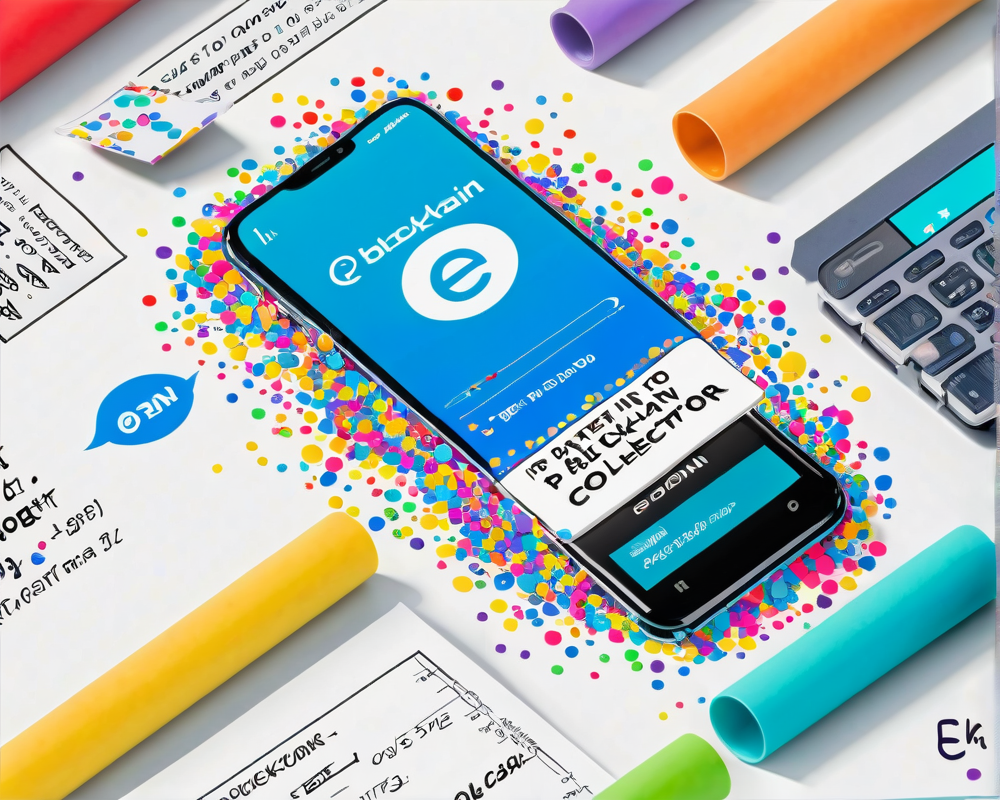Understanding the Financial Inclusion Framework
The Stellar Development Foundation, in collaboration with PwC, has introduced a comprehensive framework aimed at evaluating the effectiveness of blockchain projects in promoting financial inclusion, particularly in emerging markets. Launched on September 25, this initiative stands as a beacon for examining whether blockchain technologies truly empower those who are often overlooked by traditional financial systems.
The Parameters of Success
The framework outlines four critical parameters—access, quality, trust, and usage—under which various sub-parameters can be assessed. For instance, under ‘access’, factors like affordability, connectivity, and ease of initiation are meticulously broken down. This layered approach not only simplifies complex ideas but also provides measurable ways to affirm financial inclusion.
- Access: Affordability, Connectivity, Ease of Initiation
- Quality: User Experience, Reliability, Service Availability
- Trust: Security Measures, Transparency, Reputation
- Usage: Frequency of Transactions, User Engagement, Diversification of Services
Measuring Impact
It’s all well and good to throw around jargon like “financial inclusion,” but without tangible metrics, it’s just a lot of hot air. The framework insists that projects provide measurable data to back their claims. For example, one proposed metric for ‘connectivity’ includes tracking the number of cash-in/cash-out locations available within the target population’s region. This is about as exciting as watching paint dry, but it ensures no stone is left unturned in assessing effectiveness.
The Four-Phase Assessment Process
In addition to the parameters, Stellar and PwC recommend a structured four-phase approach for projects aiming to address financial inclusion challenges. Here’s the gist:
- Phase One: Identify a solution, target population, and applicable jurisdiction.
- Phase Two: Uncover barriers that hinder access to financial services.
- Phase Three: Use guidance tools to pinpoint the significant obstacles.
- Phase Four: Execute solutions with a focus on maximizing impact by prioritizing key parameters.
Success Stories in Blockchain
The execution of this framework has already pointed to two noteworthy blockchain solutions actively enhancing financial inclusion:
- Payments: With traditional transfer methods costing 2.7% to 3.5% on average, blockchain-based solutions offer their services at 1% or less, greatly opening up access for those in need.
- Savings: In Argentina, a stablecoin application has provided a shield against inflation, allowing users to invest and preserve their wealth amidst economic volatility.
Critiques and Skepticism
Despite shining examples and ambitious programs, such as Stellar’s recent partnership with Moneygram, not everyone is sold on the idea of cryptocurrency in emerging markets. Critics argue, as noted in a recent paper by the Bank of International Settlements, that cryptocurrencies can actually amplify financial risks, turning crypto into a potential double-edged sword in fragile economies.
So, will blockchain prove to be the financial superhero it claims to be, or will it merely wear a cape that flutters in the wind? Only time will tell, and metrics, as emphasized by Stellar and PwC, will determine its true worth in fostering genuine financial inclusion.



